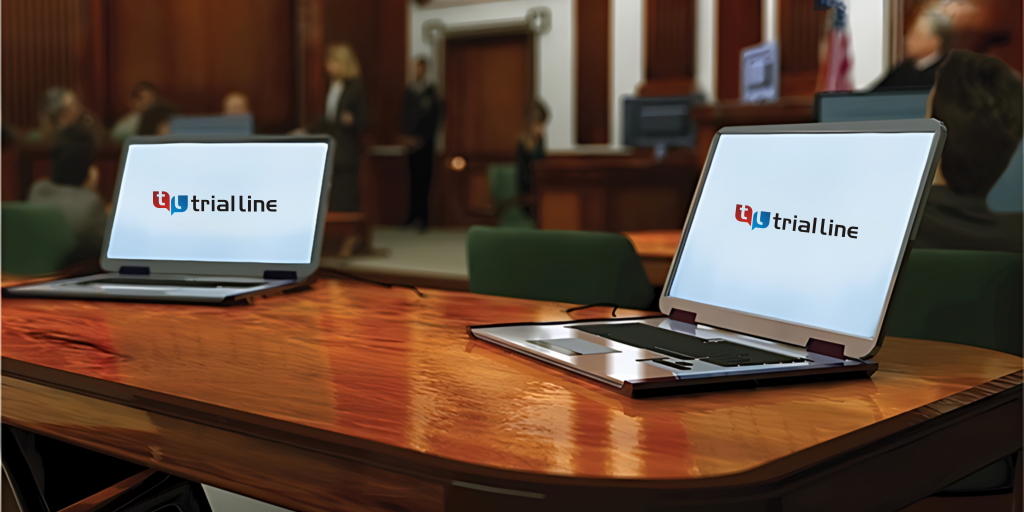The Power of Visuals in Trial Presentations for a Winning Argument
The integration of visuals in test presentations has emerged as an important element in properly communicating intricate arguments to jurors. By using various types of aesthetic help-- be it diagrams, photos, or computer animations-- lawyers can enhance understanding and retention, eventually forming the jury's understanding of the case.
Significance of Visuals in Tests
In numerous lawful settings, visuals play an important duty in enhancing the effectiveness of trial presentations. The assimilation of aesthetic elements can considerably affect jurors' understanding and retention of intricate information, consequently forming their assumptions and decisions. Visuals, such as charts, representations, and pictures, can simplify elaborate stories, making them extra accessible and compelling.
Additionally, the human mind procedures aesthetic details more effectively than text, which highlights the value of integrating visuals right into lawful disagreements. By converting thick lawful principles right into visual formats, lawyers can promote more clear interaction, making certain that bottom lines are not ignored during trials.
In addition, visuals offer to involve jurors on a psychological degree, cultivating a link to the instance that words alone might stop working to accomplish. The calculated use visuals can evoke empathy, prompting jurors to consider the human aspects of the case.
Ultimately, the importance of visuals in tests depends on their capability to enhance clarity, enhance juror interaction, and reinforce the narrative being presented. This powerful mix is vital for crafting convincing disagreements that resonate with jurors and affect the result of legal proceedings.
Kinds of Visuals to Utilize
Efficient trial discussions can considerably benefit from a variety of aesthetic tools that satisfy different facets of the situation. trial presentations. Utilizing representations and charts can effectively damage down complicated information, making it a lot more absorbable for jurors. For instance, flowcharts can show the sequence of occasions, while bar chart might succinctly contrast appropriate data factors.

Animations and simulations can additionally play a vital role, particularly in instances including technological data or elaborate circumstances. These visuals can dynamically represent procedures or activities, offering clearness and involvement that static pictures might not achieve.
Furthermore, infographics combine text and visuals to summarize vital details properly. They can present timelines, statistics, and considerable situation factors in an aesthetically attractive way, making it much easier for jurors to adhere to the debate.
Enhancing Understanding and Retention

Enhancing comprehension and retention during test discussions is important for making sure that jurors comprehend the vital elements of a case. Aesthetic help work as powerful devices in this respect, converting complicated information into conveniently absorbable formats. By utilizing graphes, representations, and infographics, attorneys can simplify detailed data and highlight bottom lines that may otherwise be overlooked.
Researches have actually shown that people maintain info considerably better when it exists aesthetically. This is especially relevant in a test setup, where jurors may be overwhelmed by the quantity of evidence and testimony. By strategically incorporating visuals, lawyers can guide jurors' interest to one of the most essential facets of the instance, strengthening their understanding and memory of the material presented.

Producing Engaging Discussions
Fascinating jurors' attention throughout test presentations is essential for sharing a compelling story. Engaging presentations take advantage of aesthetic aspects to create an unforgettable experience that resonates with jurors. The calculated use of graphics, computer animations, and videos can illuminate complex details, making it much more accessible and relatable.

Furthermore, including narration techniques can enhance interaction. Providing proof in a sensible sequence that builds sob story permits jurors to connect with the material on a personal level. Varying presentation styles, such as integrating short video or interactive aspects, can additionally receive passion and focus throughout the test.
Ultimately, an engaging presentation fosters a more extensive understanding of the instance, enabling jurors to much better value the debates existing and bring about an extra desirable end result.
Instance Researches and Success Stories
Countless instance researches highlight the substantial effect of visuals in trial presentations, showing their capacity to affect juror understandings and eventually the outcomes of cases. As an example, a notable instance entailing an individual injury insurance claim illustrated how using a 3D computer animation of the mishap scene clarified intricate information. Jurors reported really feeling even more informed and empathetic, significantly persuading their decision for the plaintiff.
In another circumstances, a corporate lawsuits situation utilized go to website infographics to existing financial information and timelines, making elaborate information obtainable. The aesthetic representation made it possible for jurors to comprehend the nuances of the instance a lot more efficiently than spoken explanations alone. trial presentations. Therefore, the jury returned a judgment that went beyond the client's assumptions
Furthermore, a criminal protection case used photos and video clip proof to establish an alibi. The engaging visuals not only aided in creating question yet also reverberated emotionally with jurors, bring about an acquittal. These success tales underscore the need of integrating visuals right YOURURL.com into test presentations, as they improve understanding, retention, and ultimately, the convincing power of lawful debates. The calculated use of visuals is undoubtedly changing the landscape of test advocacy.
Conclusion
To conclude, the tactical consolidation of visuals in trial discussions dramatically boosts jurors' understanding and retention of intricate details. By utilizing numerous sorts of visuals, lawyers can effectively clear up bottom lines and foster psychological links with the audience. Engaging discussions, sustained by engaging study, demonstrate the profound effect that visuals can have on persuasive communication. Ultimately, the power of visuals offers as a critical element in achieving desirable test end results.